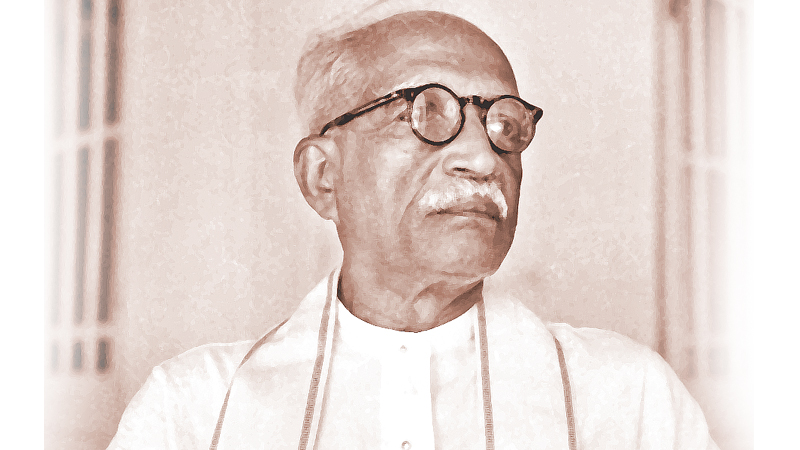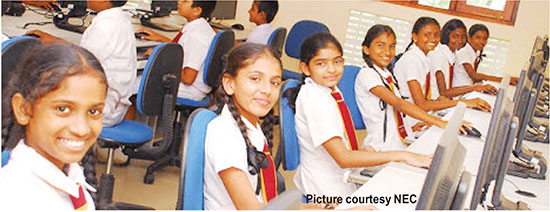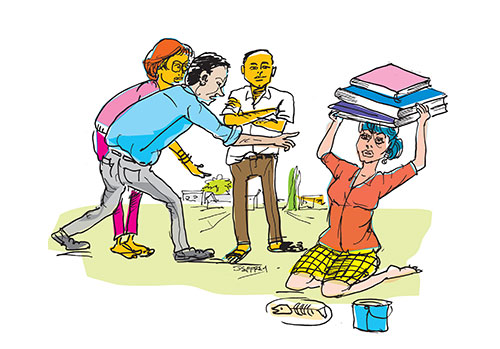by Sivamohan Sumathy
Long before MIT and Jeff Bezos (the latter reluctantly referred to here) had supposedly banned PowerPoint in the classroom or at meetings, I had banned its use in my classes. I wished to live and create a moment of life, and not entice death, death by PowerPoint; a macabre slide-show of misadventure. Its hero, protagonist, or villain, deadly boredom. It is about aliens, made up of quantum particles of ominous signs, bullets and slides, circles and squares, colours that light up on command. It has taken over your mind, got under your skin, and holds you not in a choke hold (too much excitement for PowerPoint), but brings about a paralysis of the body; sleep overtakes one, one slips into another world, while the presentation washes over you. Then you are in the torture chamber, trying to keep your eyes open, in an attempt to defeat death. There is an after-life, too. A day later, one cannot remember a single slide, a single bullet point, and a single idea. And there are no notes for you to look over, jog your memory, for the harbinger of death has offered to send you their PPP which has not happened yet, and when it does, the file is lying somewhere in your overcrowded email account. It is the first file to be deleted, for you cannot remember why it is there and what it is about.
An Ally: Les Back
In this epic drama against PPP, I have begun to look for the performative features of what we generally call the academic, in the singular, as an icon, a diva, and a visionary of the collective. And I discovered Les Back’s Academic Diary (London: Goldsmith University Press, 2016). Written in a Freirean mode, on the classroom and pedagogy, and on the multiple meanings that the term academic can conjure up, Academic Diary is a measured, undogmatic, pragmatic, nevertheless deeply political treatise on the life of the scholar and the academic, the classroom and pedagogical and academic practice. His own inspirations are those of the cultural materialist tradition, Hoggart, Bourdieu, Showalter, the much-loved Stuart Hall, Berger and others: socially grounded visionaries, and for the most part, Gramscian, who take class as a pronounced force in the analysis of pedagogy.
Back’s record for 5th November in the Autumn semester is titled: Death by PowerPoint. But if my approach to pedagogy in the classroom is that of a crusader, a performative of the Gramscian theoretic of the war of position (hiding in the trenches, biding one’s time, and striking at the enemy, PPP, in this instance, in a series of calculated negotiations), Back’s words are a reflection on it. Back’s is a more conciliatory and assuredly pedagogic one. His exposition is both theoretical and experiential. On the ill-uses of PPP, he is unequivocal: it’s death itself, isn’t it? He writes:
“The increasingly digitized forms of academic performance have a downside. The worst example I’ve witnessed was a conference in America, where a Sociologist merely read the content of his talk from the large shimmering screen.” Now, is this all too familiar to one? Back continues: “The presenter addressed the screen and had his back turned toward the audience.” It was as if he was worshipping it [the new gadget] as if it were an altar of new ideas.” Later Back says, “The ‘bullet point effect’ can produce a situation where presentations seem like a long series of lists, without much exposition. Complex arguments cannot be crafted through a series of quick-fire points at the click of a mouse.”
I am fair, and want to present his views on the dreaded PPP as accurately as possible. “PowerPoint offers more options to blend words, sound and vision and it is for this, it can be a major resource.” I have to disagree.
Death by PPP: the NASA episode
Death by PowerPoint, apparently, literally happened, in our objective world of truth and falsity. And it has to do with NASA. Chuckle, chuckle. In 2016, a PPP made by NASA engineers outlined the dangers attached to the re-entry of the space shuttle Columbia, which was in orbit for 16 days, and offered a few options for actions NASA could take to save the space shuttle and its crew. NASA’s managers did not understand the extent to which the dangers facing the space shuttle on re-entry were imminent; and all because of the way PPP was laid out. A “scientific” report on how and why tragedy struck the space shuttle and its crew of seven astronauts finds that the fault on the space shuttle reentering Earth’s stratosphere was identified by NASA’s technical team, but that it was not conveyed properly to NASA’s Managers, because of the use of PPP. The report’s concluding pronouncement is that:
“The Board views the endemic use of PowerPoint briefing slides instead of technical papers as an illustration of the problematic methods of technical communication at NASA.” It couldn’t get more ridiculous than that. It is like a joke spun by a stand-up comedian. But then I saw a picture of the smiling faces of the crew taken, I assume, just before the launch of the shuttle. It is no joke.
If we are to live alongside PPP and its deadly flat earth bullet points, we must also reckon with our own frailty and fragility and as Dwivedi and Mohan, in their essay on the pandemic, “The Community of the Forsaken: A response to Agamben and Nancy” say, that in the “time of the human,” we have a shared sense of the word, the notion that we are “forsaken,” and “fragile” and that we are “precious.” This is the response that can save us. Relatedly, for me it is about confronting the fear of death, ah, well, by PowerPoint or a version of it, PPP on Zoom, through a shared sense of the word, our frailty and fragility.
PPP, Technology and our Fragility
In the early days of the lockdown as we in the university struggled with the unfamiliar technology of Zoom and even more unfamiliar techniques of teaching online, we were beginning a new year and a new semester. I had to teach a beginning critical theory class online, and I did not know how to do Freire on Zoom, to a class of students I hardly knew. I assign what I call a fun writing exercise on “Freire and the [shared] word,” that has to be accompanied by an image. It was the very first theory paper the students of that cohort wrote. Here is an extract of a student’s assignment, and the accompanying email they sent me, both reproduced here with permission.
“The 23-year-old is adamant that it is not even an option, what good were these assignments if one of us [in the family] got sick, if something were to happen to you … to be this powerless I hate it. She goes to work with her father and elder sister, the emails keep coming … The students commenting and submitting their work … irrationally angry at the world and at everyone but having to appear cheerful so as not to worry anyone. The 23-year-old regrets her decision of ever joining University … she should have just found a job with a good salary … my parents could have stayed at home safe without having to work … The mental strain just keeps adding up … please issue the curfew once more at least then I will know my family would be safe. Or, put down the entire island’s network connection. Hiding the worries, she puts up a carefree, cheerful front, “Who cares about assignments I’ll just submit something I don’t care”
Later concluding her essay on “Freire and the Shared Word,” she writes,
“I did not want to alter this piece much, mostly because I think the original piece was able to better capture what I was feeling during that time. Given the fact that we had to write this with Freire’s view of the shared word I do not want to bring in other theories because in trying to incorporate them I fear I would change the course of what I tried to initially say. I would instead like to place emphasis on the evolution of my understanding of the theories discussed in this course using this piece as a starting point. I would however include an image, which in a certain sense is related to the above, where I portrayed my helplessness. It is my intention to express a very personal emotion through this image, where I am confined by my helplessness and I feel the walls closing in.” (See image)
Public Domain
Later, she sends me a link to a song with the accompanying note on email.
“Thanks Ma’am. To be honest, I’m having trouble finding a suitable image. I was hoping to capture either the idea of a home or loneliness but so far, I could not find something genuine enough. Instead I have attached a song, which as cliché as it sounds, expresses some of my own turmoil. It is called Karuppu Vellai. The music is a bit heavy, and you could say it is an acquired taste. But the meaning is quite interesting. I apologize in advance for the heavy rock music but I feel this brings out the emotions better.”
Both teacher and student struggle to co-exist within and against the civilizational threat even as we try to grapple with a shared sense of fragility, a shared sense that we are forsaken and that we are precious, in a series of negotiations that are not necessarily exploitative or authoritarian, but only just. “Word, Sound, Vision” encode each other, as Les Back says in our strategies against death, even death by PPP.
Karuppu Vellai
: https://youtu.be/4AYAcFcFu84?si=-TWbzoRcNKZEozHd



